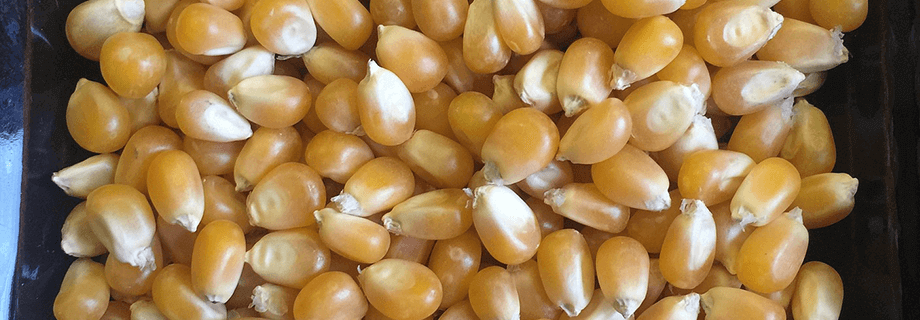How to Manage Aflatoxin in Corn – What are Some of the Options?

Watt E-News reported on September 19, 2012, that the “U.S. corn and soybean crops are being harvested more quickly than anticipated, putting potential pressure on prices in the cash market as farmers sell more of their stock due to concerns over diseases such as Aflatoxin that could hurt quality, according to analysts.”
It was also reported that the “U.S. Food and Drug Administration has approved a request from the Iowa Department of Agriculture and Land Stewardship to blend corn containing more than 20 parts per billion (ppb) of Aflatoxin with corn that has lower levels or no Aflatoxin.”
Likewise, it was stated that “While corn with more than 20 parts per billion of Aflatoxin can’t be used for human consumption or as feed for dairy animals, blended corn is safe.”
Some of the means of dealing with contaminated corn, peanuts or cottonseed can be summarized as follows:
- Clay-based interventions such as Aluminosilicates and Calcium Montmorillonite Clay, successfully sequested Aflatoxin in the gastrointestinal tract and reduced their availability in animals’ blood.
- Treatments that provide high temperatures and pressures similar to or higher than autoclaving (as in extrusion cooking) has shown some promising results.
- Research has shown that Aflatoxin B1 may be reduced by over 97% in peanut cake by mixing with a combination of methylamine and calcium hydroxide and extruding. Ammonium hydroxide has also shown good success in reducing Aflatoxin.
- Our experience with cottonseed extruded through a high shear extruder resulted in 58% reduction of Aflatoxin B1 from a level of 120 ppb to 50 ppb.
- The U.S. Department of Agriculture in Stoneville, Mississippi, extruded cottonseeds spiked with Aflatoxin in excess of 650 ppb. Their tests were focused on determining the effectiveness of extrusion temperature, processing time (multiple stages of processing) on the Aflatoxin level of the extrudate. Large variations in Aflatoxin levels were encountered in the non-extruded material and this variation was greatly reduced by the extrusion process.
- Aflatoxin levels were reduced by 32% (based on mean levels) as the extrusion temperature was increased from 104˚C to 160˚C. Results from the multiple pass extrusion tests indicated a 46% decrease.
As was discussed in an earlier blog, extrusion of corn or other grains may result in significant enhancements of their nutritional value and animal performance. The reduction of Aflatoxin can also complement those stated benefits.



